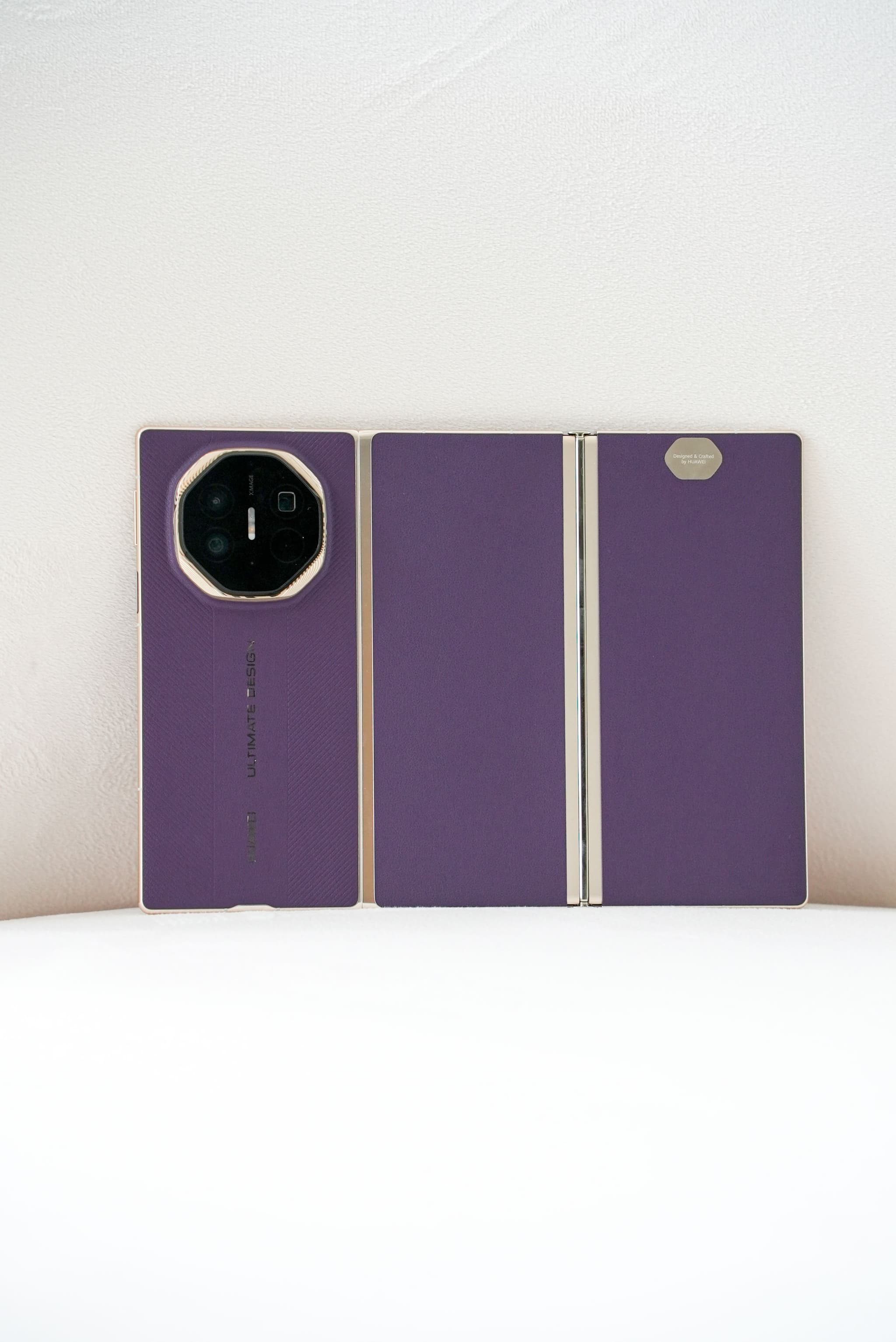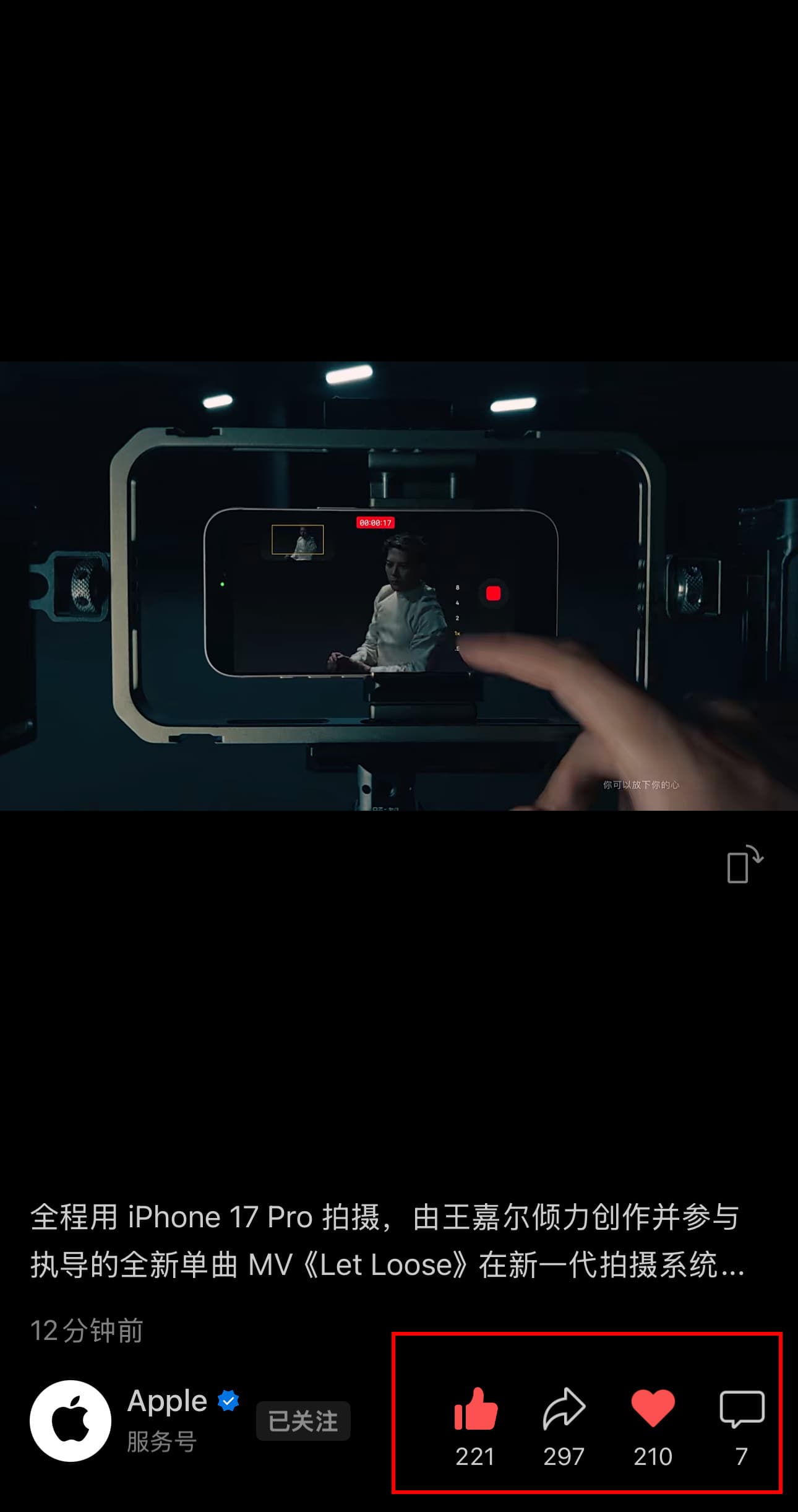Grandmother's Smartphone Addiction Leads to Alarming 2300 Degrees of Myopia
A recent health incident in Shandong, China has drawn widespread attention, highlighting the risks of excessive smartphone use, particularly among the elderly. A 70-year-old grandmother, who spent most of her day staring at her phone screen, often until the early hours of the morning, has been diagnosed with a staggering 2300 degrees of myopia. Her family revealed that she had become increasingly dependent on her phone, with her daily routine revolving around it, from the moment she woke up to late at night.

22 February 2025
The excessive use of electronic devices, particularly smartphones, has been linked to an increased risk of myopia (nearsightedness) and other eye problems. Studies have shown that prolonged screen time can lead to a range of eye health issues, including dry eye syndrome, blurred vision, and even increased risk of age-related macular degeneration. The blue light emitted by smartphones and other digital devices can cause damage to the retina and disrupt the body's natural sleep-wake cycle, further exacerbating eye problems.
The grandmother's excessive phone use had become a concern for her family, who had tried to intervene but to no avail. It wasn't until she experienced severe vision loss that she visited a hospital for a check-up, revealing the alarming extent of her myopia. The doctor emphasized that such a high degree of nearsightedness is extremely rare and is closely linked to her prolonged smartphone use. This incident serves as a cautionary tale, reminding people, especially the elderly, to use their phones responsibly and take regular breaks to rest their eyes.
Experts point out that prolonged use of digital devices, such as smartphones, can significantly contribute to the development and progression of myopia, or nearsightedness. In the case of individuals, like the grandmother mentioned, who engage in prolonged screen time until the early hours of the morning, the risk of developing severe myopia is heightened. Research has shown that the blue light emitted from smartphones and other digital devices can interfere with the body's production of melatonin, the sleep hormone, leading to disrupted sleep patterns.
The severity of 2300 degrees of myopia is particularly concerning, as it indicates a high level of nearsightedness that can significantly impact daily life. At this level, corrective measures such as glasses or contact lenses are often necessary to correct vision problems. Public health experts are urging individuals to adopt healthier screen use habits, such as following the 20-20-20 rule: every 20 minutes, look away from the screen and focus on something 20 feet away for 20 seconds. Additionally, ensuring adequate outdoor time and adopting good sleep hygiene practices can help mitigate the risks associated with excessive screen time.
As the prevalence of myopia continues to rise, especially among populations with high levels of screen time, it is essential for individuals to be aware of the potential risks and take proactive steps to protect their eye health. This includes regular eye exams, limiting screen time, and promoting a balanced lifestyle that includes outdoor activities and proper sleep. By taking these measures, individuals can reduce their risk of developing severe myopia and maintain good eye health.
The story of the grandmother highlights the need for greater awareness and action to protect the eye health of older adults in the digital age. Experts emphasize that such extreme nearsightedness is not common but can be associated with other underlying eye diseases. To address this issue, it is essential to promote healthy eye care habits among the elderly, including regular eye exams and balanced screen time. Family members and caregivers should be vigilant about the elderly's screen time and encourage them to take breaks, engage in physical activities, and maintain a balanced lifestyle.
By adopting responsible screen use habits and prioritizing regular eye care, we can help ensure that our elderly loved ones maintain good vision and overall well-being. The case of the grandmother serves as a reminder that technology, while beneficial for connectivity and information, should be used judiciously, especially among vulnerable populations like the elderly, to prevent adverse effects on their vision and overall health.
Comments

Share this article
Related Articles

Alipay Users Rush to Revoke Permissions Over Hidden Authorizations, Sparking Nationwide Privacy Debate
By Trending on Weibo
Tech
15 Sept 2025

Pinduoduo’s “Journey to the West” Campaign Delivers Free Shipping to China’s Remote Western Provinces.
By Trending on Weibo
Tech
12 Sept 2025

Apple’s iPhone 17 Pro Camera Ignites an Industry Arms Race, Democratizes Visual Storytelling, and Fuels Privacy Debate.
By Trending on Weibo
Tech
12 Sept 2025

Huawei Launches World’s First Mass‑Produced Tri‑Fold Smartphone, the Mate XT, Sparking a Premium Market Shake‑Up
By Trending on Weibo
Tech
12 Sept 2025

Jackson Wang Films “Let Loose” Music Video Entirely on Apple’s iPhone 17 Pro, Highlighting Mobile Filmmaking Power】
By Trending on Weibo
Tech
11 Sept 2025



